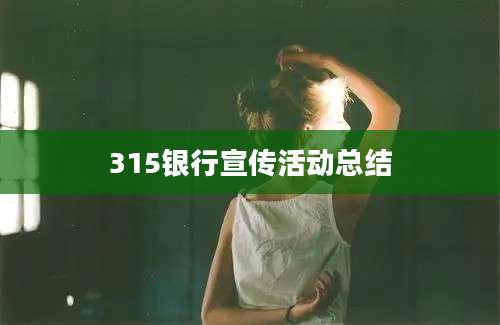The Forbidden City: An English Guide

Introduction
Ladies and gentlemen, welcome to the Forbidden City, the imperial palace of the Ming and Qing dynasties. This magnificent complex, located in the heart of Beijing, is a treasure trove of Chinese history and culture. Today, we will embark on a journey through the ancient walls, the palatial halls, and the serene gardens, uncovering the secrets of this grand palace.
The History of the Forbidden City
Built in 1406 and completed in 1420, the Forbidden City was the imperial residence for 24 emperors over 494 years. It served as the political and cultural center of the Chinese empire and was offlimits to the public.
Main Attractions
1. The Meridian Gate (Wumen): The southern gate of the Forbidden City, symbolizing the entrance to the imperial domain.
2. The Hall of Supreme Harmony (Taihedian): The main hall where emperors held audiences and conducted ceremonies.
3. The Hall of Central Harmony (Zhonghedian): A place for the emperors to prepare for their audiences.
4. The Hall of Preserving Harmony (Baohedian): Used for banquets and entertainment.
5. The Imperial Garden: A serene retreat within the palace complex.
Guided Tour
As we walk through the Meridian Gate, let's imagine the grandeur of the emperors as they entered this sacred ground. Our first stop is the Hall of Supreme Harmony, the largest and most magnificent building in the Forbidden City. This hall was the center of imperial power and is surrounded by the Outer Court.
Next, we'll visit the Hall of Central Harmony, which was used for the emperors to review documents and prepare for their audiences. Just a short distance away lies the Hall of Preserving Harmony, where the emperors would host banquets and entertainment.
Finally, we'll take a leisurely stroll through the Imperial Garden, a peaceful oasis within the bustling city.
Conclusion
The Forbidden City is more than just a collection of buildings; it is a living testament to the rich history and cultural heritage of China. We hope that through our tour, you have gained a deeper appreciation for this architectural marvel and the stories it holds. Thank you for joining us on this journey through time.
Commonly Asked Questions about the Forbidden City
1. What is the Forbidden City?
The Forbidden City is an imperial palace in Beijing, China, which served as the imperial residence for the Ming and Qing dynasties from 1420 to 1912.
2. How big is the Forbidden City?
The Forbidden City covers an area of approximately 720,000 square meters (18 million square feet) and consists of 870 buildings with over 9,000 rooms.
3. Who built the Forbidden City?
The Forbidden City was constructed by the Ming dynasty under the direction of the Yongle Emperor.
4. Why was the Forbidden City forbidden?
The Forbidden City was offlimits to the public because it was the private residence of the emperor and his family. Only selected officials, courtiers, and slaves were allowed inside.
5. How long did it take to build the Forbidden City?
The construction of the Forbidden City took 14 years, from 1406 to 1420.
6. What is the significance of the Meridian Gate?
The Meridian Gate, also known as the Wumen, is the southern gate of the Forbidden City and symbolizes the entrance to the imperial domain.
7. Can visitors enter the Forbidden City on their own?
Yes, visitors can enter the Forbidden City independently, but it is recommended to have a guide to fully understand the history and significance of the site.
8. What should visitors wear to the Forbidden City?
Comfortable clothing and shoes are recommended as the tour involves a fair amount of walking. It is also a good idea to wear sunscreen and a hat in the summer months.
9. Is there a dress code for visiting the Forbidden City?
There is no strict dress code, but visitors are expected to dress modestly. Clothing that is too revealing or inappropriate may not be allowed.
10. Are there any guided tours available for the Forbidden City?
Yes, guided tours are available in multiple languages. Visitors can choose from a variety of tour options, including audio guides and group tours with a professional guide.










